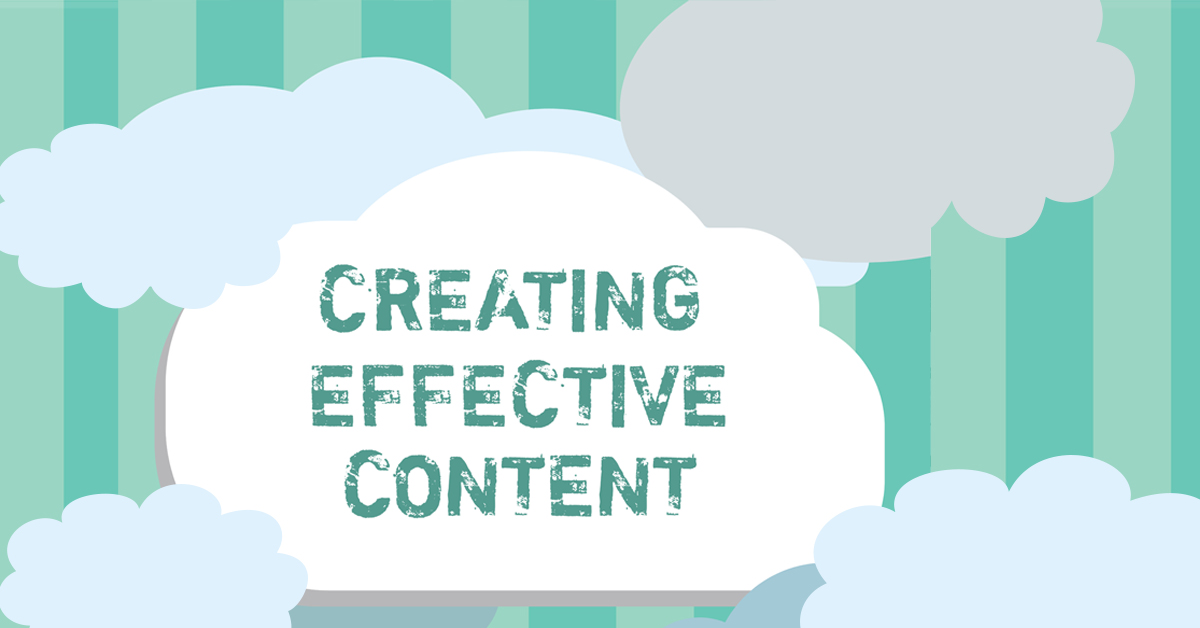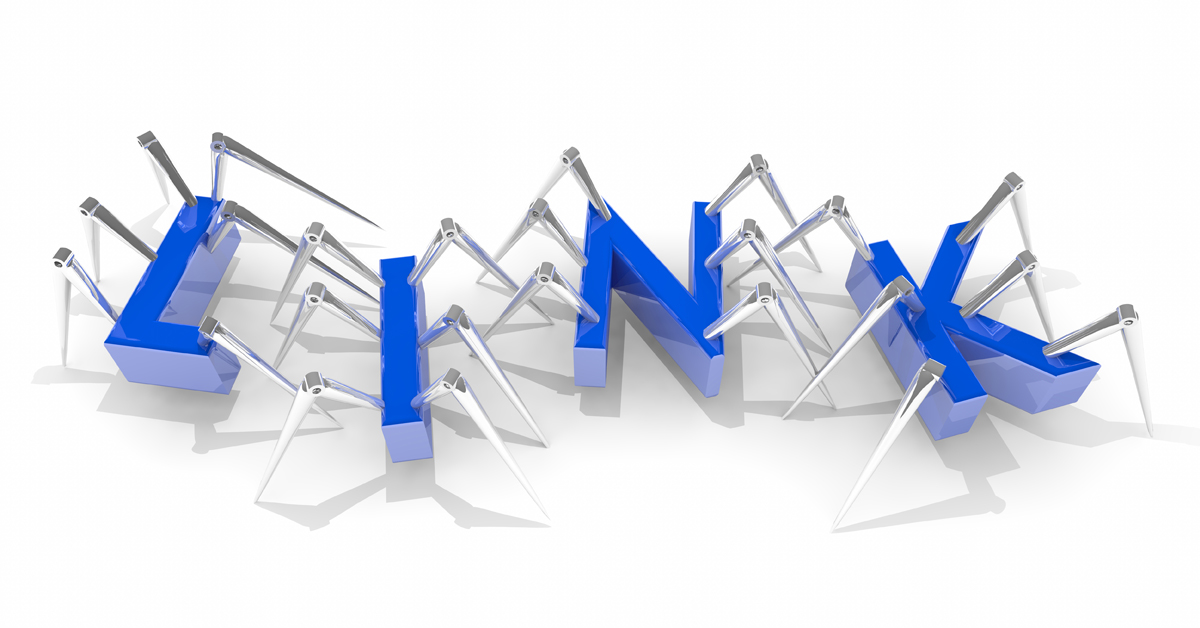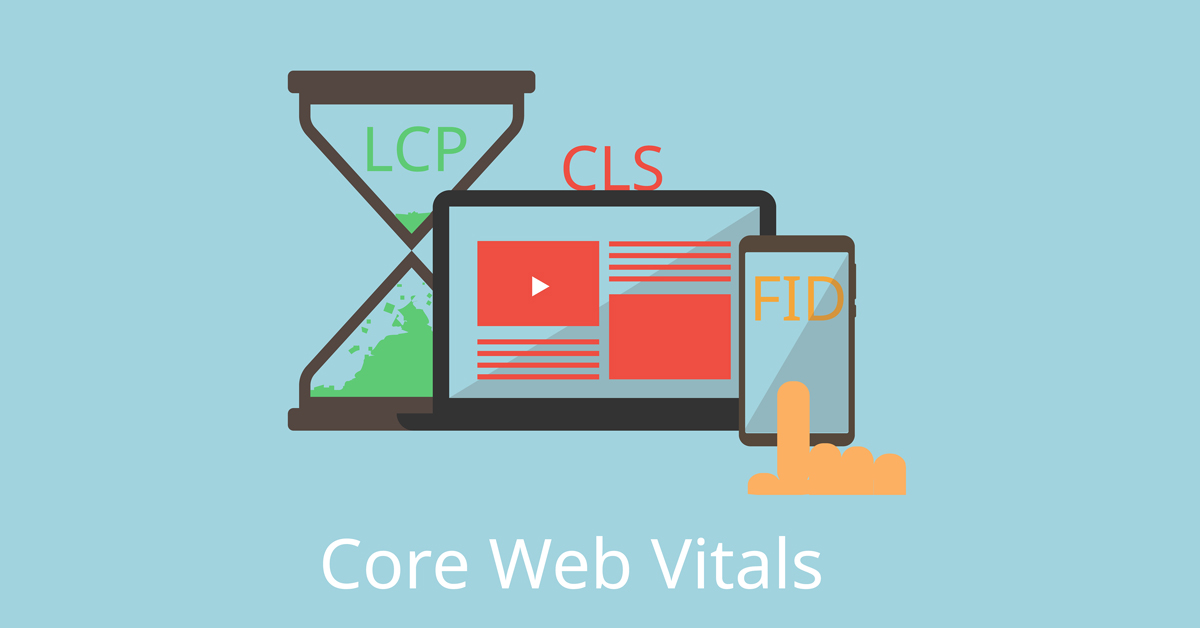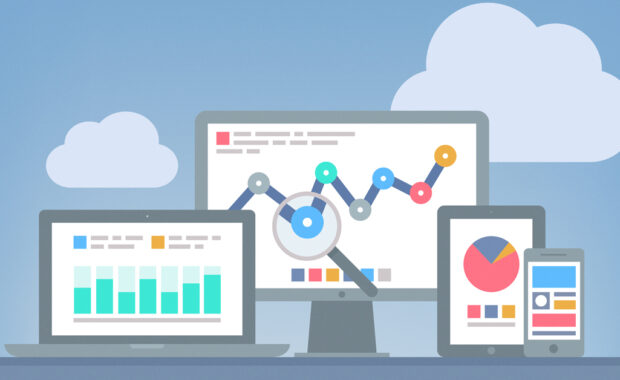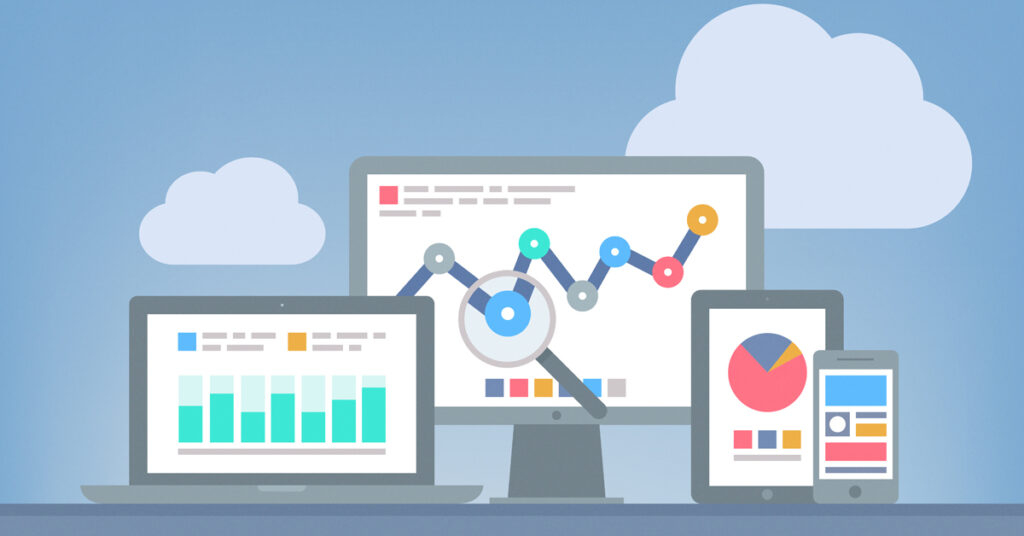
Often when companies face a problem with generating inbound leads, they blame conversion optimization. Conversion optimization is the art and science of increasing the number of actions customers take on a website, such as completing a lead form or purchasing a product.
There’s a science behind conversion optimization that utilizes techniques such as direct and digital marketing, creative design, user experience, and more to maximize the number of conversions on a web page, online ad, or marketing email.
However, if your problem is lagging sales, the answer may not be conversion optimization. Here’s why.
The Importance of Lead Tracking
Think of the typical marketing funnel. A website or landing page is created and optimized around specific keyword search phrases. Digital ads run across multiple platforms, perhaps a social media site and a high-traffic search engine, to capture attention and hopefully a click. When people click on an ad, they land on a web page, and are encouraged to take an action. They complete a lead form. Bingo! Traffic to the website has converted into an action, in this case, a lead form.
But what happens next? Where does the lead go?
That’s the million-dollar question. In some companies, the marketing team is responsible for screening and qualifying leads. All inbound leads go into the sales pipeline and are distributed among salespeople responsible for following up.
However, at this point, several things can go amiss:
- The sales manager responsible for lead follow up may be on vacation, out sick, or just not able to follow up in a timely fashion
- The sales team may be understaffed and unable to follow up with the volume of leads generated by the market campaign
- The salesperson may not receive notification of a waiting lead, and by the time he or she checks the software, the lead grows cold
Now, in all three cases, the conversion of web page visitor to lead was successful. The company achieved its marketing goals. But it did not translate into a measurable sale.
Does the Marketing Department Communicate with the Sales Department?
Many things can go amiss between the time a customer completes a lead capture form and a closed sale. Customers often download free giveaways or attend webinars to learn more about a particular problem. Smart companies utilize content marketing to educate and inform customers along the buyer’s journey so that even after they arrive at a landing page or attend a webinar, they continually receive information that helps them understand that the product or service being offered is indeed the best solution for their problems.
The marketing team may be completely distanced from the sales team, sometimes even at odds with one another, competing for dollars or resources. Depending on how their productivity is measured, they may even be working towards different goals. Marketing may be judged on the quantity or quality of leads produced while sales is judged solely on dollars produced. In that case, the sales team may focus their attention on their current customers who are more likely to buy again. It’s less effort to gain a sale from an existing customer than to court a new customer or follow through on a lead from a marketing campaign.
In such cases, the company’s executives may wonder “Where are our marketing dollars going?” while the sales team erroneously believes that “marketing doesn’t work”. In fact, it’s not the marketing isn’t working. Their conversion rate may be great. It’s that the sales team isn’t following up on leads.
Identify and Solve the Correct Issue
The bottom line is this: conversion optimization works, but it may not be the problem you need to solve.
If you’re serious about marketing campaign ROI, then examine all aspects of the situation including:
- Are tracking codes correctly installed on the landing page or web page?
- Is phone tracking set up?
- Have you put in place the mechanics that enables you to accurately measure the effectiveness of your ad spend – soup to nuts?
- Can your system track leads across the entire sales cycle, or do you have separate marketing and sales dashboards?
- Is there someone responsible for following up on the leads generated from your marketing campaign? Can you identify and track leads throughout the entire sales cycle?
- Do you identify the lead source in the sales dashboard to examine which lead sources (i.e. industry type, service, product) are more profitable to your company?
- Are you monitoring ad spend against leads, quantity of leads, quality of leads, and most importantly – how much revenue did it generate?
- Can you calculate a true ROI on your ad spend based on the revenue generated by the leads it produced?
These questions can help you identify the source of the problem.
We believe wholeheartedly in conversion optimization across the entire sales capture continuum. We provide expert insight and guidance into enhancing your digital marketing campaigns to improve lead generation, conversion optimization, marketing channel and ad spending alignment.
But if conversion optimization isn’t the problem…and the problem is processes, systems, or understaffing…then you need to adjust your focus to the root of the problem before adjusting the sales funnel and lead conversion process.
Dashboard Interactive Marketing can help you with conversion optimization, generating leads, landing pages, content marketing, social media marketing and more. Call us at 763-242-2454 for more information or assistance.



